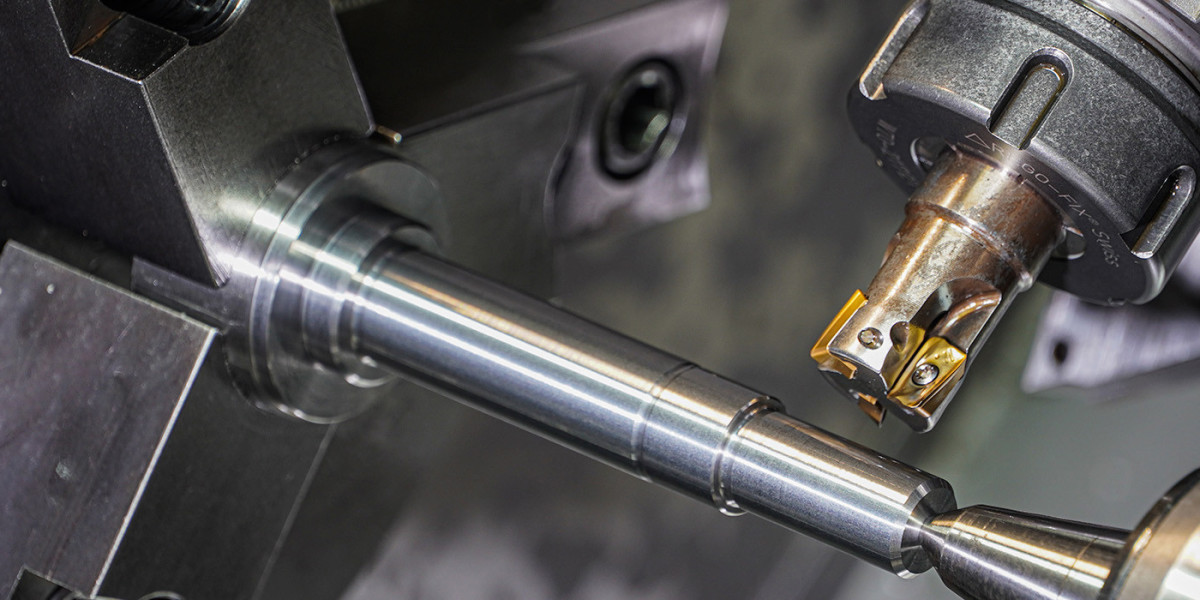In the world of modern manufacturing, Computer Numerical Control (CNC) machines stand out for their precision, versatility, and efficiency. These machines play a pivotal role in various industries, including automotive, aerospace, and consumer electronics. However, to ensure their continued accuracy and extend their lifespan, regular and thorough maintenance is crucial. This article delves into the essential aspects of CNC maintenance, offering insights and best practices to help manufacturers keep their machines in peak condition.
Understanding CNC Maintenance
CNC maintenance encompasses a range of activities aimed at preserving the machine's functionality, accuracy, and safety. Regular maintenance not only prevents unexpected breakdowns but also optimizes the machine's performance, ensuring consistent quality in manufacturing processes. There are two primary types of maintenance for CNC machines: preventative and corrective.
Preventative Maintenance
Preventative maintenance involves routine checks and servicing to prevent potential problems before they occur. This proactive approach includes tasks such as cleaning, lubrication, and inspection of various machine components. Key aspects of preventative maintenance include:
Cleaning: Dust, debris, and coolant residues can accumulate on CNC machines, leading to corrosion, wear, and inaccuracies. Regular cleaning is vital to maintain the machine's precision and prevent contamination of sensitive components.
Lubrication: Proper lubrication reduces friction and wear on moving parts, extending their life and ensuring smooth operation. Manufacturers should adhere to the lubrication schedule and specifications recommended by the machine's manufacturer.
Inspection: Regularly inspecting the machine for signs of wear, misalignment, or damage is essential. This includes checking the alignment of axes, inspecting belts and pulleys for wear, and ensuring that all electrical connections are secure.
Corrective Maintenance
Corrective maintenance involves fixing problems that have already occurred. This may include repairing or replacing damaged components, recalibrating the machine, or addressing software issues. While corrective maintenance is often unavoidable, a robust preventative maintenance program can significantly reduce its frequency and severity.
Best Practices for CNC Maintenance
Develop a Maintenance Schedule: Establish a regular maintenance schedule based on the manufacturer's recommendations and the specific usage patterns of the machine. This schedule should include daily, weekly, monthly, and annual tasks.
Train Operators and Maintenance Staff: Proper training is crucial to ensure that operators and maintenance personnel can identify potential issues and perform maintenance tasks correctly. This training should cover both the mechanical and software aspects of the CNC machine.
Use Quality Replacement Parts: When replacing parts, it's important to use high-quality components that meet or exceed the original specifications. Using inferior parts can lead to reduced performance and increased wear.
Maintain Records: Keeping detailed records of all maintenance activities, including dates, tasks performed, and parts replaced, can help identify recurring issues and inform future maintenance decisions.
Monitor Machine Performance: Regularly monitoring the machine's performance can help detect emerging issues before they lead to significant problems. This can include tracking accuracy, surface finish quality, and cycle times.
For More Info:-








